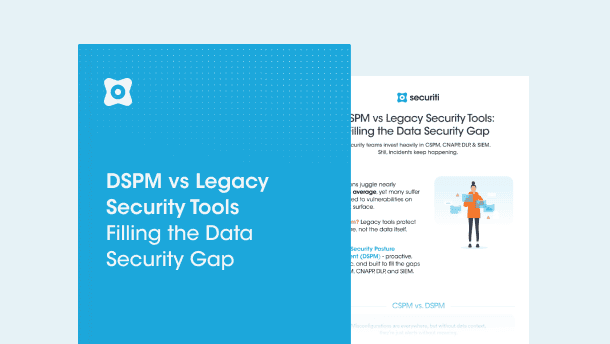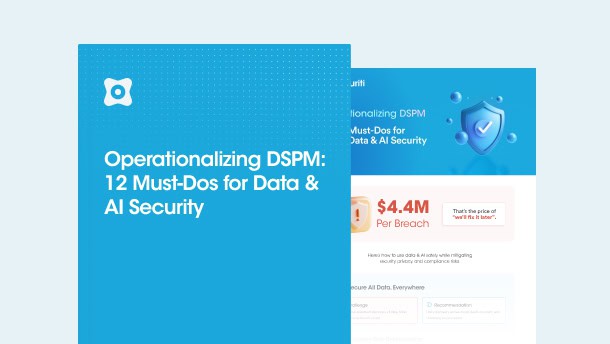Technology, information, or innovation knows no bounds. They are accessible and, in most cases, freely available, such as data. However, ensuring that no wrong hands should access that data or technology is a paramount concern for any country. The United States is one such nation that has enacted laws governing the export or import of sensitive data and technologies to ensure national security.
The International Traffic in Arms Regulations (ITAR) and Export Administration Regulations (EAR) are two important legislations in the US governing the export of military or defense-related articles, such as military equipment, weaponry, software, or technical data. While both regulations are established to ensure national security, both are related to the export and import of defense articles, and both impose penalties on non-compliance, there are still some key differences that set the two apart.
In this guide, we’ll dive deep into the world of ITAR vs. EAR compliance, exploring their scope, general principles, and provisions that make them crucial in ensuring national security and facilitating the commerce of defense articles.
What is ITAR?
The International Traffic in Arms Regulations (ITAR) offers a comprehensive set of provisions that govern the export and temporary import of military-grade articles, services, software, or data. The primary aim of the regulation is to ensure that the US’s military technology or data doesn’t fall into the wrong hands, particularly non-approved foreign persons.
The regulation governs a wide range of military-grade items and services that are covered in the United States Munitions List (USML). The USML includes up to 21 categories of articles, which include not only weaponry but also other technologies and data, such as patents, equipment, etc. Sharing any USML-covered technology or data with any foreign person would be considered an export. Consequently, it will require any business that is exporting the article to get a license for export or temporary import.
ITAR covers a wide range of entities that are directly or indirectly involved with defense export. For instance, ITAR applies to manufacturers, sellers, consultants, distributors, contractors, sub-contractors, wholesalers, and even supply chain vendors.
What is EAR?
EAR stands for Export Administration Regulations. The EAR shares quite a few similarities with ITAR, but it also has significant differences. For starters, unlike ITAR, the EAR regulates the exports and imports of both commercially used and military-grade technologies and data. More importantly, EAR covers dual-use items, which are articles that have both commercial and military use, such as GPS systems, high-performance computers, chemicals, etc.
EAR regulates items that are covered under the Commercial Control List (CCL). The CCL includes up to 10 categories of EAR-related articles and five product groups. Except for a few, the CCL covers a completely different range of items than ITAR. Moreover, there can be some other items that both the ITAR and EAR may not regulate at all. But those items may be regulated by other regulations, such as FDA, etc.
ITAR vs. EAR - Key Differences & Similarities
ITAR
|
EAR
|
Scope
|
| ITAR’s scope is limited to defense or military-grade items, such as technologies, services, software, and even technical documents that are primarily developed for military use. |
EAR’s scope is limited to commercial, military, and dual-use items. Dual-use items include technologies that can be used for both commercial as well as military-specific rules, such as GPS systems. |
Controlled Lists
|
| The items that are regulated under ITAR are all covered in the USML list. The USML is governed by the Arms Export Control Act (AECA). The AECA is a federal framework that controls the export of defense-related items covered in USML. |
The items that are governed by the EAR are covered in the Commerce Control List (CCL). The CCL has a distinct list structure from the USML in that it includes 10 categories, such as nuclear materials, chemicals, telecommunications, services, etc., and the five products, such as equipment, software, technology, etc. |
Licensing Requirements
|
| ITAR requires all manufacturers, sellers, distributors, consultants, contractors, etc., to register with the ITAR regulatory authority, the Directorate of Defense Trade Controls (DDTC). After registration, the ITAR-covered entity is then required to get an export or temporary import license from the DDTC for the transaction of defense articles. |
EAR’s export licensing requirements are far more flexible than ITAR’s requirements. To export commercial or dual-use CCL-covered items to approved end users, EAR-covered entities must submit the export license application with BIS' SNAP-R online systems. |
Regulatory Bodies
|
| The DDTC in the Bureau of Political-Military Affairs in the U.S. Department of State is the regulatory authority that supervises and implements ITAR provisions. |
The U.S. Department of Commerce's Bureau of Industry and Security (BIS) is the regulatory body that administers and enforces the Export Administration Regulations (EAR). |
What Countries Are Prohibited Under EAR?
The U.S. Bureau of Industry and Security (BIS) has sanctioned 5 countries as prohibited for the export and re-export of any CCL-covered defense items under the EAR regulation. These countries include,
- Cuba
- Iran
- North Korea
- Syria
- Crimea region of Ukraine
Violations & Penalties Against Non-Compliance
Failure to comply with either ITAR or EAR can have severe consequences for any entity involved in the manufacturing, distribution, sale, or consultancy of USML or CCL-covered defense items, services, software, or data. Let’s take a quick look at the penalties and violations of ITAR and EAR.
ITAR Penalties & Violations
Entities that violate any provisions of ITAR may be subject to civil fines of up to $1.2 million per violation. And as some violations are more severe than others, the penalty for such violations is either 1 million dollars or incarceration for up to 20 years or even both. Apart from such penalties, violators may further be suspended from receiving any more contracts, and even their licenses would be revoked.
EAR Penalties & Violations
Similar to ITAR violations, EAR penalties also range from criminal to administrative fines. For instance, EAR violators may be fined up to $1 million for violations. Administrative fines may range from $300,000 of fines to up to 20 years of imprisonment.
Ensure ITAR and EAR Compliance with Securiti's DataControl Cloud
ITAR and EAR, and similar regulations, are established and maintained to enable fair and secure use and trade of sensitive technologies or data, which in this case are defense articles. These regulations are critical not only for the national security of any nation but also for fostering a culture of responsible export practices and trust. Hence, it is imperative to align your company's privacy practices to ensure ITAR and EAR compliance.
Securiti’s Data Command Center enables organizations to establish a robust strategy for implementing a comprehensive data governance program while seamlessly integrating data security, compliance, and privacy controls. Experience the transformative capabilities of Securiti and ensure your organization's path to ITAR compliance.
Request a demo today and see how Securiti can empower your business.











































